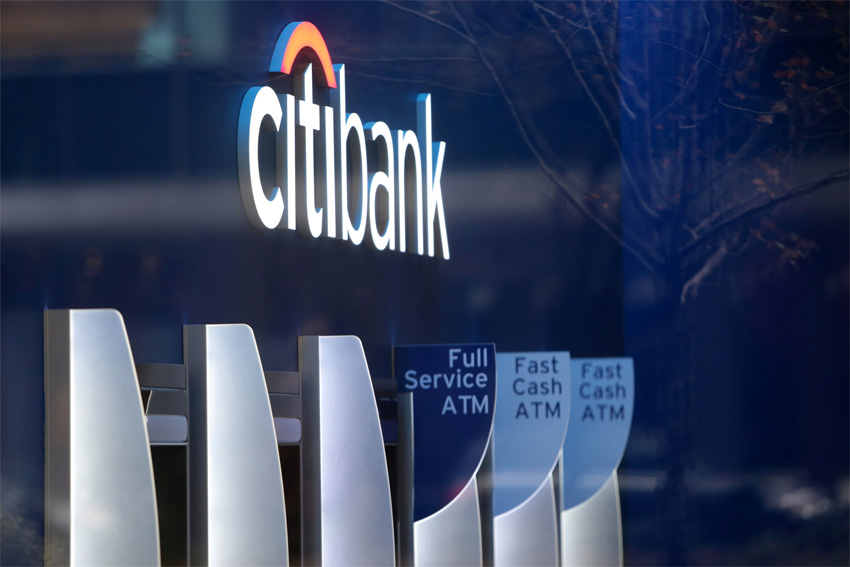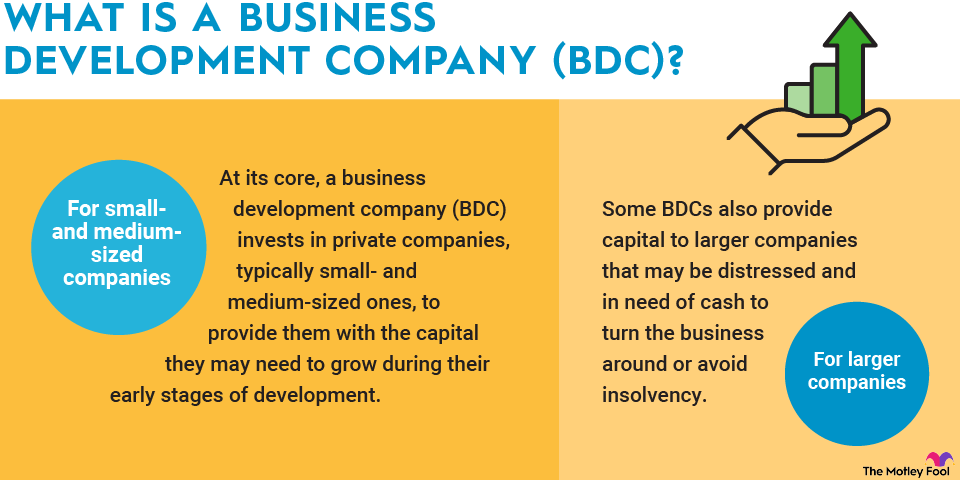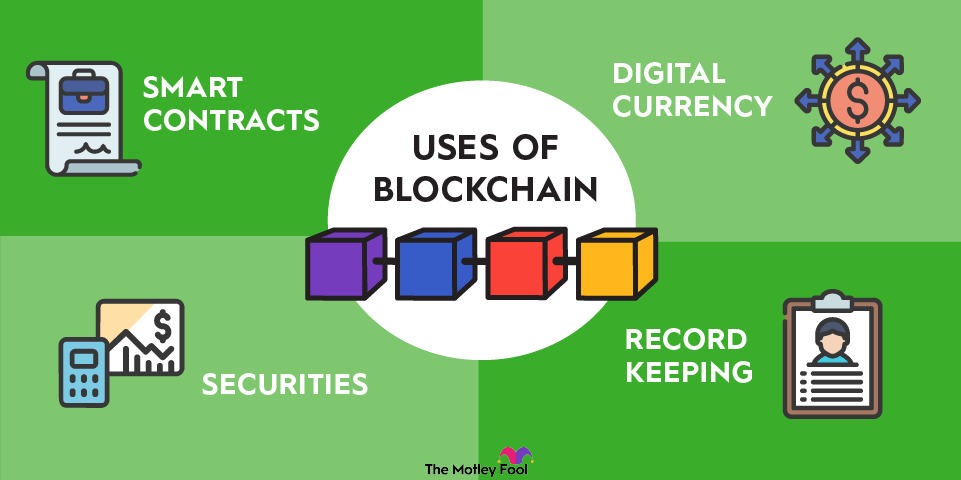Bitcoin (BTC -2.31%) was the first decentralized cryptocurrency, and its creation ushered in a new era of investing and a new type of investor. While many investors prefer to incorporate Bitcoin holdings as a relatively small position within a larger, more diversified portfolio, others prefer a more headlong approach and view this asset as the central fixture in the future of digital assets.

What is Bitcoin maximalism and how did it originate?
A Bitcoin maximalist asserts that Bitcoin is the one and only legitimate cryptocurrency, capable of fulfilling the promise of a decentralized and secure financial future. The term "Bitcoin maximalism" was popularized by Ethereum (ETH +0.35%) co-founder Vitalik Buterin in 2014, initially as a critique of Bitcoin proponents who dismissed the potential of other cryptocurrencies.
However, many Bitcoin supporters embraced the term, viewing it as a recognition of Bitcoin's unique properties and the perceived inferiority or even scam-like nature of some altcoins. The ideology truly took off following the contentious Bitcoin Civil War, which occurred between 2015 and 2017.
Bitcoin's 1 megabyte block size limit was designed to prevent spam and ensure decentralization. However, as the network grew, this limit caused slow transaction times and high fees. The so-called war evolved around how to scale the network to handle more transactions. This debate divided the community into two groups, big blockers and small blockers, based on their preferred solutions.
On the one hand, big blockers advocated for increasing the block size to allow for more transactions and lower fees, essentially making Bitcoin a more viable payment system. On the other hand, small blockers prioritized maintaining the network's decentralization and security.
What are the pros and cons of Bitcoin maximalism?
Proponents of Bitcoin maximalism often go back to several key characteristics of Bitcoin as underpinning their belief system:
- Architectural strength: Bitcoin's blockchain has never been successfully hacked or experienced downtime, demonstrating its resilience.
- Ideological significance: Bitcoin was created as a response to the 2008-2009 financial crisis, aligning with ideals of financial freedom and resisting corruption.
- Unparalleled decentralization: Bitcoin's network of miners and users is spread globally, and it lacks a central authority.
- Innovative scarcity model: The fixed supply of 21 million coins, introduced through cryptographic mining, ensures long-term value appreciation and protection against inflation.
- Superior market value: Bitcoin consistently holds the highest price among cryptocurrencies, making it a potentially safer investment than altcoins.
While Bitcoin maximalists champion its strengths, critics argue that the ideology could stifle innovation and even hinder the development of a more diverse and interconnected crypto ecosystem. Focusing solely on Bitcoin may make maximalists slow to adopt or explore potentially valuable innovations from other blockchains.
It's also worth noting that altcoins often address different functionalities beyond being just a store of value or medium of exchange (e.g., smart contracts and decentralized applications, or dApps).
Related investing topics
The bottom line
The core tenets of Bitcoin maximalism resonate with many in the crypto space. Prominent figures like Michael Saylor and Jack Dorsey, who openly espouse Bitcoin maximalist views, have also contributed to its popularization.
In the end, Bitcoin maximalism reflects a strong belief in Bitcoin's long-term potential and superiority. While its principles are compelling to many, the broader cryptocurrency landscape continues to evolve, raising questions about the future role of Bitcoin and the validity of a purely maximalist approach.



















